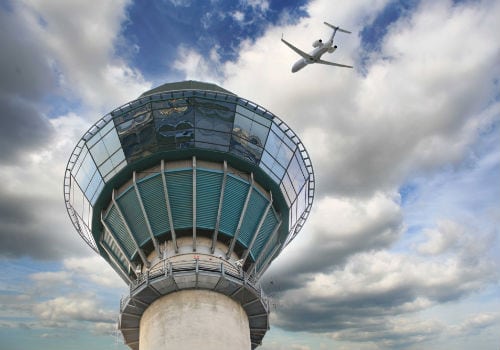 |
NAV Canada demonstrates GHG and fuel reductions in ongoing efficiency initiative. Photo: NAV Canada |
[Avionics Today 10-24-2014] A fuel efficiency initiative led by NAV Canada has successfully demonstrated the viability and safety of aircraft varying speeds (Mach) and altitudes while transiting the unsurveilled airspace over the North Atlantic (NAT). The project, titled Egage II, was conducted in partnership with Air France, in conjunction with NATS, and was also supported by the SESAR Joint Undertaking (SJU) as part of its Atlantic Interoperability Initiative to Reduce Emissions (AIRE) Program.
The project is the second stage in a collaborative initiative to reduce aircraft fuel burn and Greenhouse Gas (GHG) emissions in the North Atlantic — the world’s busiest oceanic airspace. This second phase aims to expand the scope of the concepts trialed during the first phase (Engage I) completed in 2011. In addition to project partner Air France, four other international carriers — KLM, British Airways, United and Delta — participated in phase two.
“While validating the overall safety of varying oceanic flight profiles, we were able to replicate the fuel savings and greenhouse gas (GHG) emissions reductions achieved in Engage I. Moreover we were able to demonstrate the viability of a wider implementation of these procedures and offering increased flexibility in the NAT airspace,” said Larry Lachance, NAV CANADA vice president of operations.
Lachance continued on to say that the fuel and emissions savings averaged between 1 and 2 percent per flight, or a reduction of about 200 to 400 liters of fuel and 525 to 1,050 kilograms of GHG emissions.